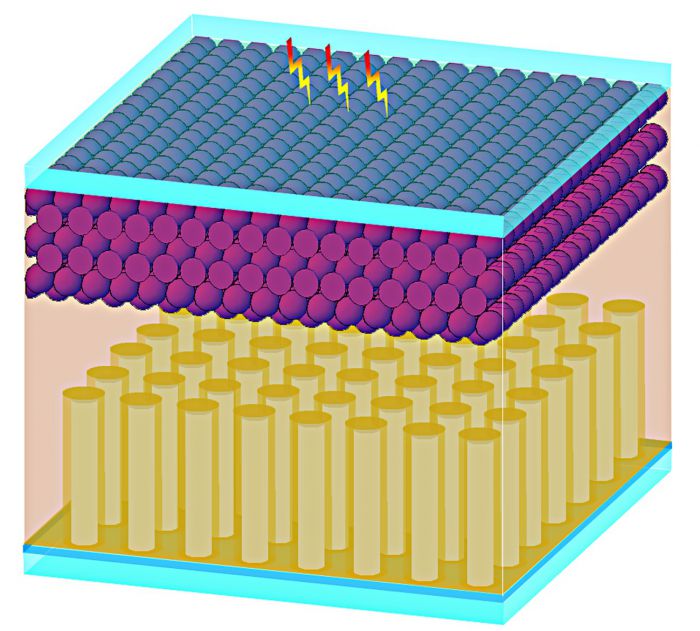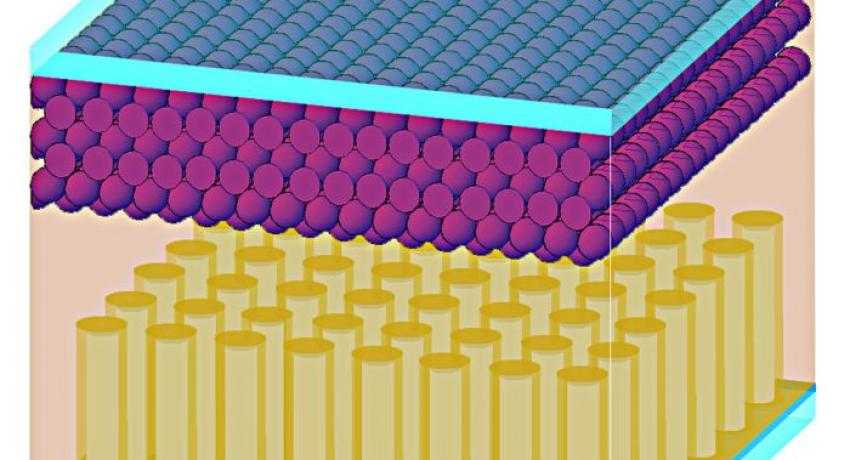University of Wisconsin-Madison professor designs solar cell structure that stores solar energy
 When people think about solar, they often think about harvesting- how to gather the energy.
When people think about solar, they often think about harvesting- how to gather the energy.
“But there’s another side of the story that’s sometimes overlooked,” said Hongrui Jiang a professor at the University of Wisconsin-Madison. “How do you store it?”
Bulky batteries or supercapacitors often accompany solar panels. Jiang wanted something smaller and more self-sustaining for a power source. So Jiang created a design for solar panels that can simultaneously generate power from sunlight and store power reserves for later, all within a single device. Jiang and his students developed the idea which was published in the journal for Advanced Material June 6.
The project was developed as an offshoot of a National Institutes of Health grant to design a self-focusing contact lens that adapts to the eyes of adults suffering from presbyopia, a natural aging process that stiffens the lens and reduces the eye’s ability to focus, a press release said.
To power the lens, the team created a design that balances energy harvesting, storage and use. The goal was to create a way to provide power to the contact lens so that people wouldn’t have to wear bifocals, Jiang said.
It took Jiang and his students about two years to come up with a design that worked, he said.
The design balances energy, harvesting, storage and usage
We needed a multi-functional and small-form-factor device in order to integrate it all into a single contact lens structure," Jiang said in a press release.
The top layer of each photovoltaic cell is a conventional photo electrode, converting sunlight into electrons that split off into two directions- most out of the device to support a power load, but some are directed to a polyvinylidene fluoride polymer coated in zinc oxide nanowires that can store energy.
When there isn’t sunlight, the stored power returns through the nano wires to create power, the release said.
The final design creates a closed-loop system for small-scale solar energy applications, powering a device and storing energy for later.
"We can have some energy set aside locally, right in the panel, so that when you need it, you can get it," Jiang said in the release.
Other similar panels have been around for a while, but the ability to provide continuous energy sets Jiang’s apart, the release said.
Jiang’s design converts only 4 percent of sunshine that strikes the photoreceptor into usable electricity- about 20 percent less efficient than most commercial solar panels.
Research will continue, he said. He wants to enhance the performance.
“Ideally we want to get the best of both worlds- harvesting and storage,” he said. “There is plenty of room to make the best of both worlds.”




